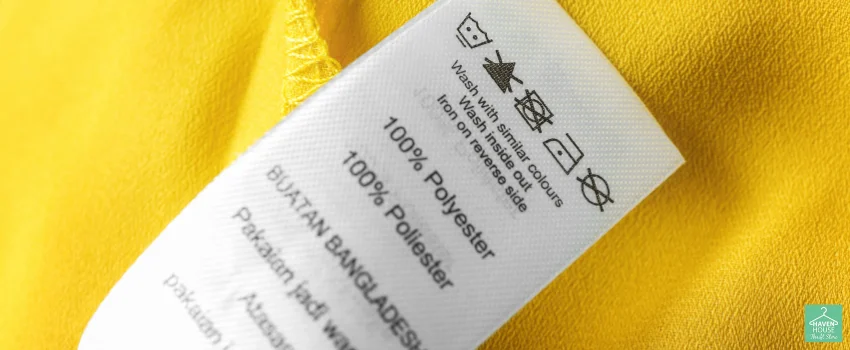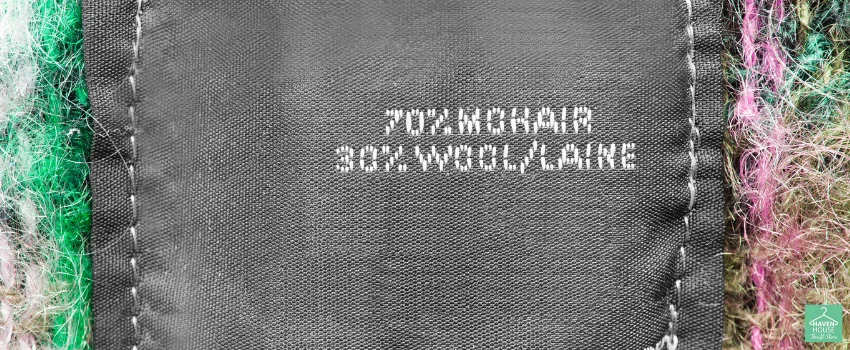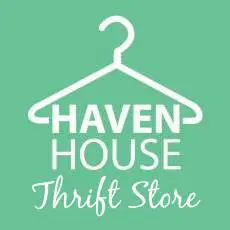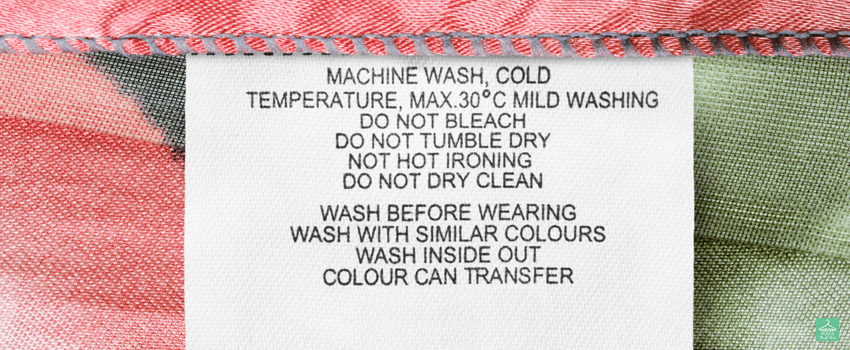The tag or label of a clothing brand says a lot about its history and style. If a piece of clothing is at least 20 years old, it can be considered vintage, making it more valuable, especially for vintage fashion collectors.
Thrift stores are where vintage clothing collectors often go for great finds. Unfortunately, an untrained eye won’t be able to spot the difference. For instance, someone who does not know how to differentiate vintage clothing from the rest can easily dismiss a vintage dress without knowing its actual value.
Arm yourself with the invaluable knowledge of determining vintage clothing labels, as provided by this article. Who knows, maybe you’ll be able to uncover a priceless treasure the next time you go thrift store shopping.
How To Identify Vintage Labels in Thrift Stores
1. Check the copyright year.
Some vintage clothing brands may have this, while others may not. If you find a piece that has the copyright year printed on the label, then good for you, as it’s probably the easiest way to learn the exact year of production, thus, easily knowing if it’s a vintage or not.
However, not all copyright year formats are the same, which might throw you off. Some are written with the exact year, and some may be written as “SP80,” which indicates it was made in the spring of 1980. Keep this in mind when rummaging through the stacks of used clothing in a thrift store.
2. Look for union labels.
Look for a “union” label under the vintage clothing tags. They’re usually square and roughly 1.5 inches on their sides. It certifies that the goods were manufactured and backed by a union active in the United States before the 1980s before garments were made in the country and not abroad. Thus, it will give you a rough estimate of when the garment was made.
3. Look for “one size fits all” labels.
During the 1980s, “one size fits all” fashion was a fad. It’s when big hair, bright belts, leg warmers, and oversized clothing were the rage. If you see this label on a piece of clothing, it’s most probably made in the 80s, making it authentic vintage clothing.
4. Pay attention to half sizes.

Half sizes emerged around 1940 when short women demanded them. Until the 1970s, clothing brands continued to produce half-sized clothing but discontinued during the 80s when a new sizing system was standardized. It means when you see a half-sized garment, the manufacturing date is between 1940 and 1970.
5. Search for style or lot numbers.
The “style” or “lot” number is sometimes listed on a separate tag sewn into vintage garments.
Before computers were mainstream, it was common practice for factories to assign a unique number to each piece of clothing they made, which helped with inventory management and distribution. A lot number indicates the batch the garment was made. On the other hand, the style number identifies the specific design used for that item. It served as a record of the various looks that a company’s clothing line offered.
With that said, this system was used before the 1980s when foreign production was yet to take over, which gives you a clue if the clothing is vintage or not.
6. Look for a “Woolmark.”

Natural fibers have recently seen a resurgence in popularity, but ironically, consumers have known for a long time that they are superior to synthetic materials. In 1964, Woolmark vintage clothing logos were created as a marketing strategy to encourage consumers to switch to wool apparel from acrylic and polyester.
7. Look for large price tags.
This, surprisingly, was a thing in the ’80s. You’ve probably snagged a deadstock item when you uncover vintage clothing with this tag when thrift shopping.
8. Take note of the material on tags.
Due to the debate over spandex vs. elastane, some people realized that Lycra, developed in 1959, is the brand name of spandex/elastane. There were other synthetics with brand names in the past, which can be used to determine the era of a garment’s tags.
9. Be conscious of odd sizes.
It wasn’t until the 1980s that stores started carrying a dedicated “Juniors” section. Previously, it was common practice to make garments in nonstandard sizes for grownups. Although these sizes are again being used for teenagers, the presence of 3, 5, 7, 9, etc. in a vintage garment may indicate that it was made before the 1980s.
10. Utilize the RN number.
In the United States, companies engaged in the garment industry must have a Registered Identification Number (RN). It’s commonly assumed that you can find 5-digit RN numbers on vintage items from the ’60s and ’70s, which means vintage garments can also be identified by their corresponding RN numbers.
11. Made in countries that no longer exist.
“Made in” labels that advertise a country that no longer exists are authentic vintage finds, such as those from the Hong Kong British Colony or Yugoslavia.
Before the early 1990s, Yugoslavia had been a part of Russia. Its new name, “The Federal Republic of Yugoslavia,” incorporates Serbia and Montenegro. The phrase “Federal Republic” was entirely taken out in 2003. They’ve since changed their name to Serbia and Montenegro. This means that if you go to a thrift store and find an item with a label that reads “Yugoslavia,” it was probably manufactured before 1992.
12. Look at care labels.

It is essential to know how to read clothing labels from any period to follow the care instructions for your clothing.
Labels on manufactured and imported apparel in the United States must include care instructions as of 1971, per a ruling by the Federal Trade Commission. Typically, an article of clothing created before 1971 does not have specific care instructions and is considered vintage.
13. Check typography on labels.
The designs of vintage garment labels were created to accurately reflect the trend of the time they were made. The Maxima and Another Thyme brands are examples of very well-liked products. In this case, the “X” in Maxima stands out, but the “A” and “T” in Another Thyme are just a bit larger. Not only that, but the typefaces are different from your standard script. Most brands use creative fonts instead of the basic Times New Roman.
14. Refer to the address.
In the past, it was common for the designer’s address to be included. Add to that the fact that zip codes only appeared on the map in 1963. This is another indicator of when an item of clothing was made and whether it is vintage.
Conclusion
When vintage clothing collectors and enthusiasts go to thrift stores, they have one thing in mind: finding and purchasing vintage clothes at a lower price than in vintage clothing stores. If you’re interested in finding one yourself, you can refer to this article to help you know which ones are vintage and which ones are not.
Travel back in time with vintage thrift store finds from Haven House Thrift Stores.
If you’re searching for the best vintage labels, Haven House Thrift Stores is the place to be! We have thrift stores in Santa Rosa Beach, FL, and other locations where you can get ahold of these valuable vintage items. Visit us now and travel back in time in style.

